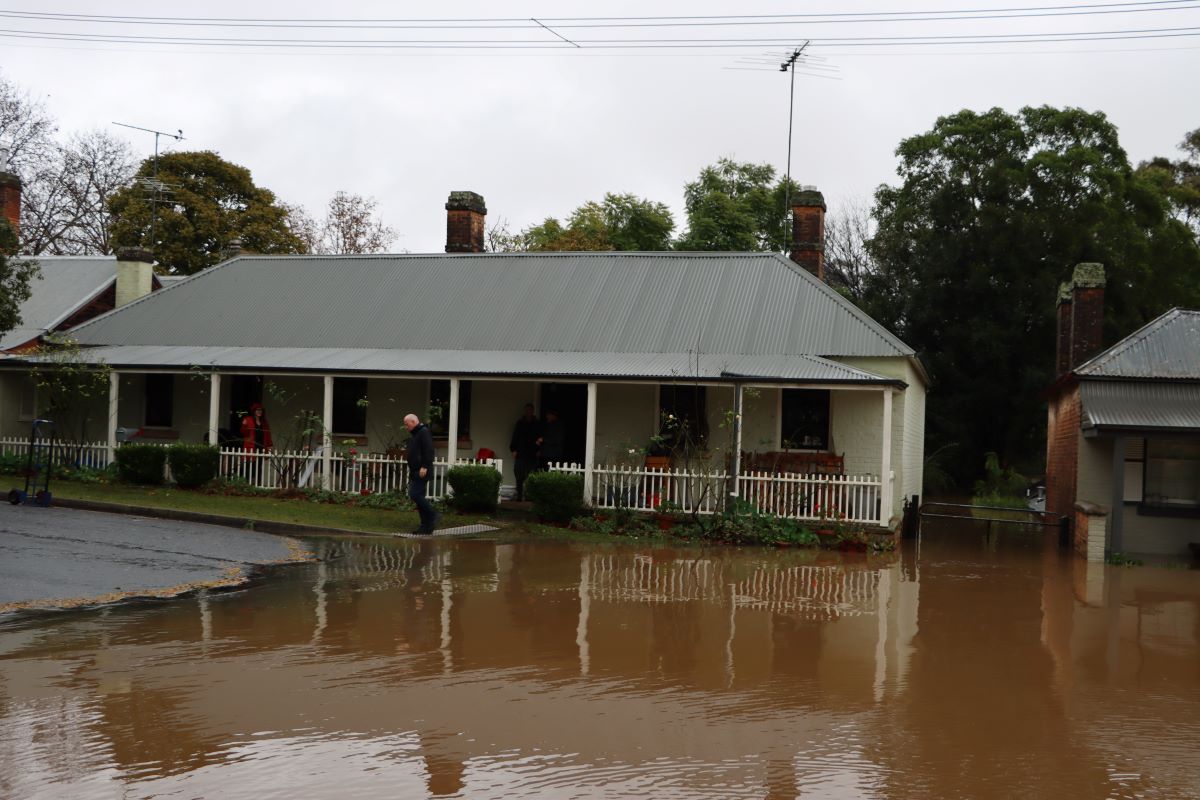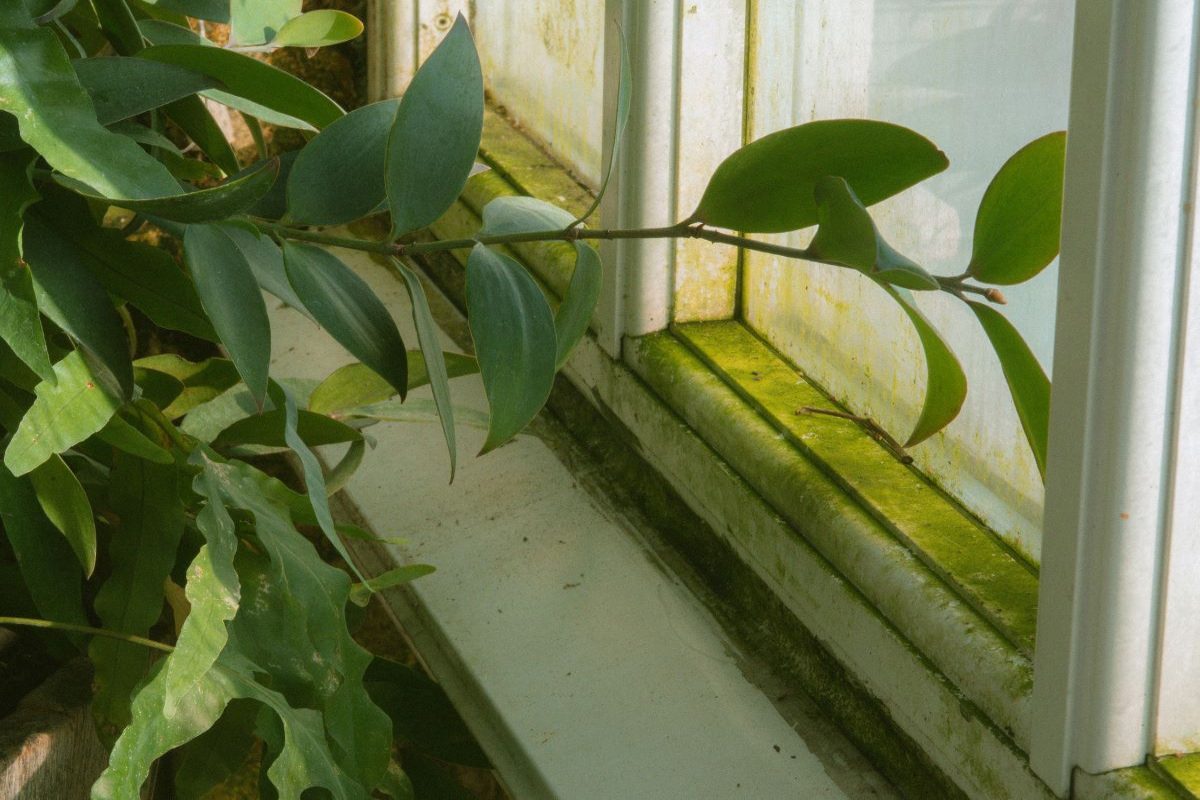Types of Mold to Look Out for in Your Rental
As a landlord, it's good to know the different types of mold that can affect your property. By discovering them early, you can protect your rental's value and your tenants' health. You can typically find these molds in damp environments, such as bathrooms, kitchens and laundry areas.

In this guide, we'll share the most common types of mold, where you might find them and how to get rid of them.
The types of mold
Mold is a fungus that can grow nearly everywhere. It releases spores in the air that multiply quickly, explaining its rapid growth and how it can go undetected. According to the California Department of Public Health, it can start growing in a wet environment in as little as 24 to 48 hours.
There are three different types of molds in homes:
- Allergenic Mold: These molds pose a low to moderate threat. They can trigger an allergic reaction or, for those with asthma, cause an asthma attack.
- Pathogenic Mold: These pose a moderate to high threat. Once inhaled or touched, pathogenic molds can grow in a person's organs or tissues. They typically affect people with weakened immune systems or existing illnesses.
- Toxigenic Mold: These molds pose a high to extreme threat. Fortunately, they are rare and usually found after an initial infestation worsens. If left undetected, they can produce mycotoxins that can lead to serious health complications. Black mold is a well-known toxigenic mold.

The most common types of mold in a home
Several types of mold are much more common than others. Let's explore the top five, including how to recognize them and what to do about them. Keep in mind that the Environmental Protection Agency (EPA) recommends that mold growth covering over 10 square feet (about 3 feet by 3 feet) or with significant water damage may require a contractor or mold remediation expert.
Alternaria
Appearance: A velvet-like mold with dark brown or gray-green filaments that look like hair.
A common allergenic mold, you'll find Alternaria in bathtubs, showers, under sinks and in window frames. Any damp area creates a perfect environment for this fast-spreading mold.
Aspergillus
Appearance: Aspergillus varies depending on the species. Fumigatus looks like green suede. Other species may be green, gray or dark colored.
Aspergillus makes its home in HVAC systems and almost any damp surface, including walls, ceilings and crawl spaces. About 185 species of this prevalent mold exist, only 20 of which affect humans.
Aspergillus fumigatus is the most common airborne pathogenic mold and can cause aspergillosis. This infection typically affects those with compromised immune systems. Most species are allergenic molds that cause mild allergic reactions.

Cladosporium
Appearance: A soft-textured mold ranging in colors from green to yellow and black.
Another allergenic variety, Cladosporium ranks as one of the most common indoor molds. It's found in carpets, curtains, insulation and upholstered furniture. It prefers a humid environment and can be kept at bay by frequent cleaning using a vacuum with a HEPA filter.
Penicillium
Appearance: A fluffy, velvety-textured mold that's blue-green in color.
You can find this airborne allergenic mold anywhere moisture resides. In fact, it's commonly seen in homes with water damage. Once it takes hold, whether in damp carpeting, wallboards, wallpaper or insulation, it spreads quickly. To prevent its rapid growth, you should repair any water damage or leaks as soon as they are detected.
Stachybotrys
Appearance: Circular black, dark green or dark brown spots may indicate Stachybotrys. Its texture may appear slimy, shiny or furry.
Known as the infamous black mold, this toxigenic mold produces mycotoxins that can be extremely harmful to people. It thrives in damp rooms like bathrooms, basements and laundry spaces. You may spot it on wooden surfaces, drywall, carpets, ceilings and tiles. It's also found in ventilation systems and is associated with sick building syndrome.
Black mold can lead to extreme fatigue, headaches, severe pain, breathing difficulty and infections. If you detect possible black mold, leave it to the specialists.

Getting rid of mold
It's important to wear personal protective equipment when tackling mold. This includes waterproof gloves, protective glasses or goggles and an N-95 respirator, which you can find at hardware stores. If possible, keep the room well-ventilated with a fan that draws air out an open window.
The EPA suggests fixing the problem first, such as a plumbing leak. Then, use detergent and water to scrub the mold off any hard surfaces. Make sure to dry the area thoroughly. If the mold is on porous materials, such as carpets, you will likely need to throw these items away.
Maintaining a mold-free home
By performing routine inspections of your rental properties and promptly addressing any water-related maintenance calls, you can reduce the chances of mold invasion. Know what to look for and how to get rid of it as soon as it appears to ensure a mold-free home.

